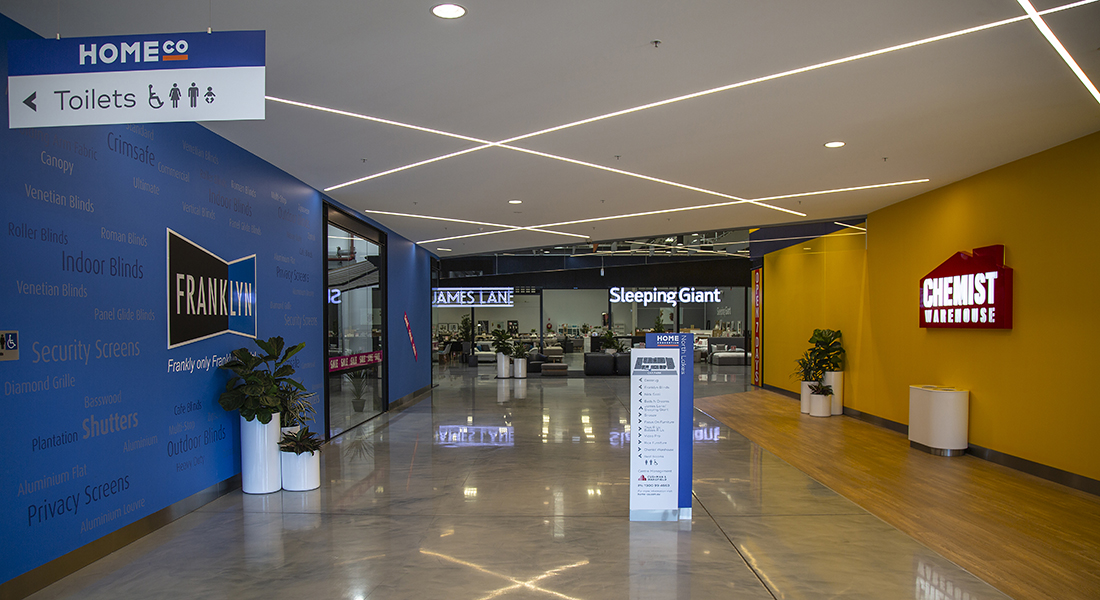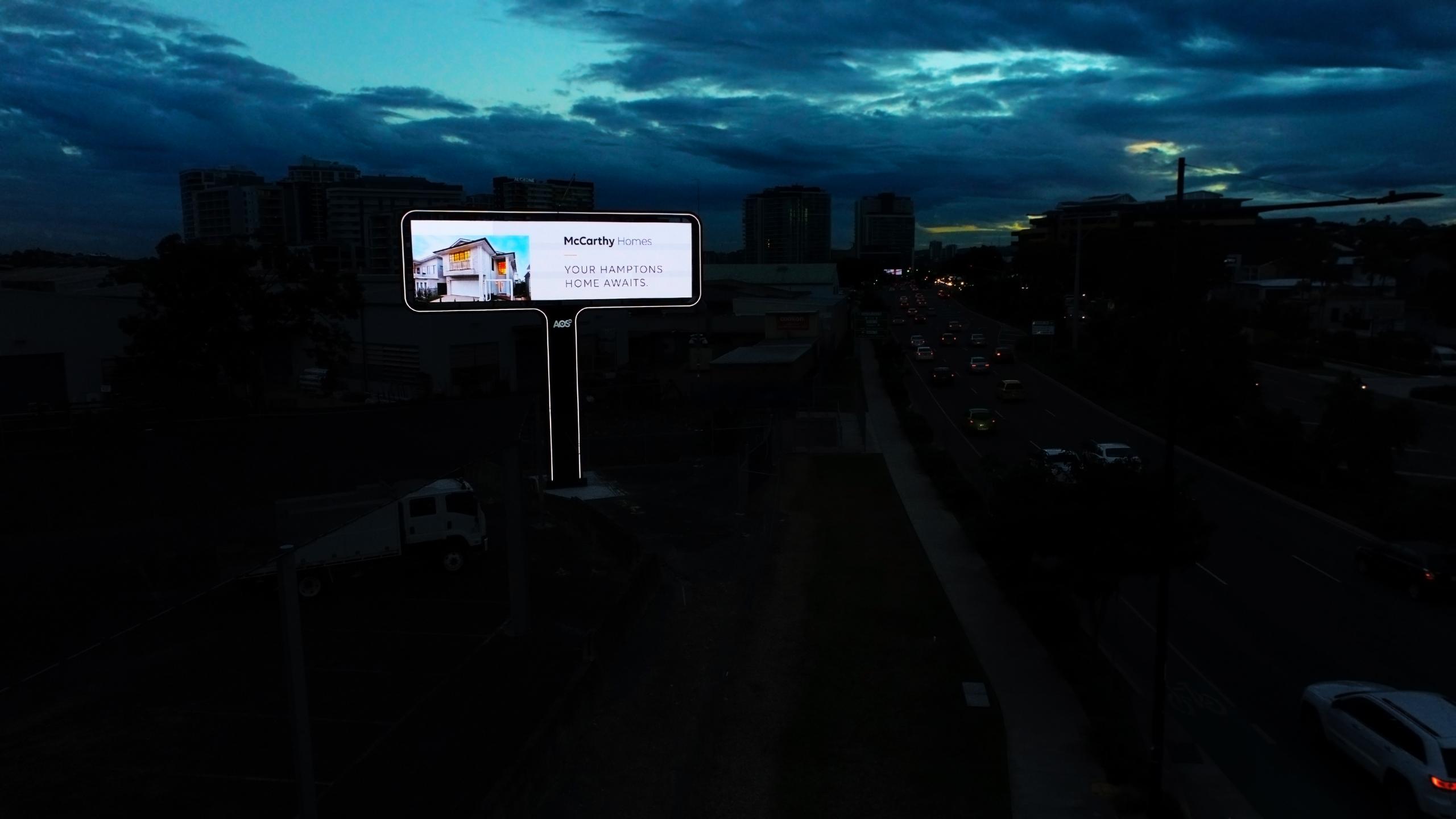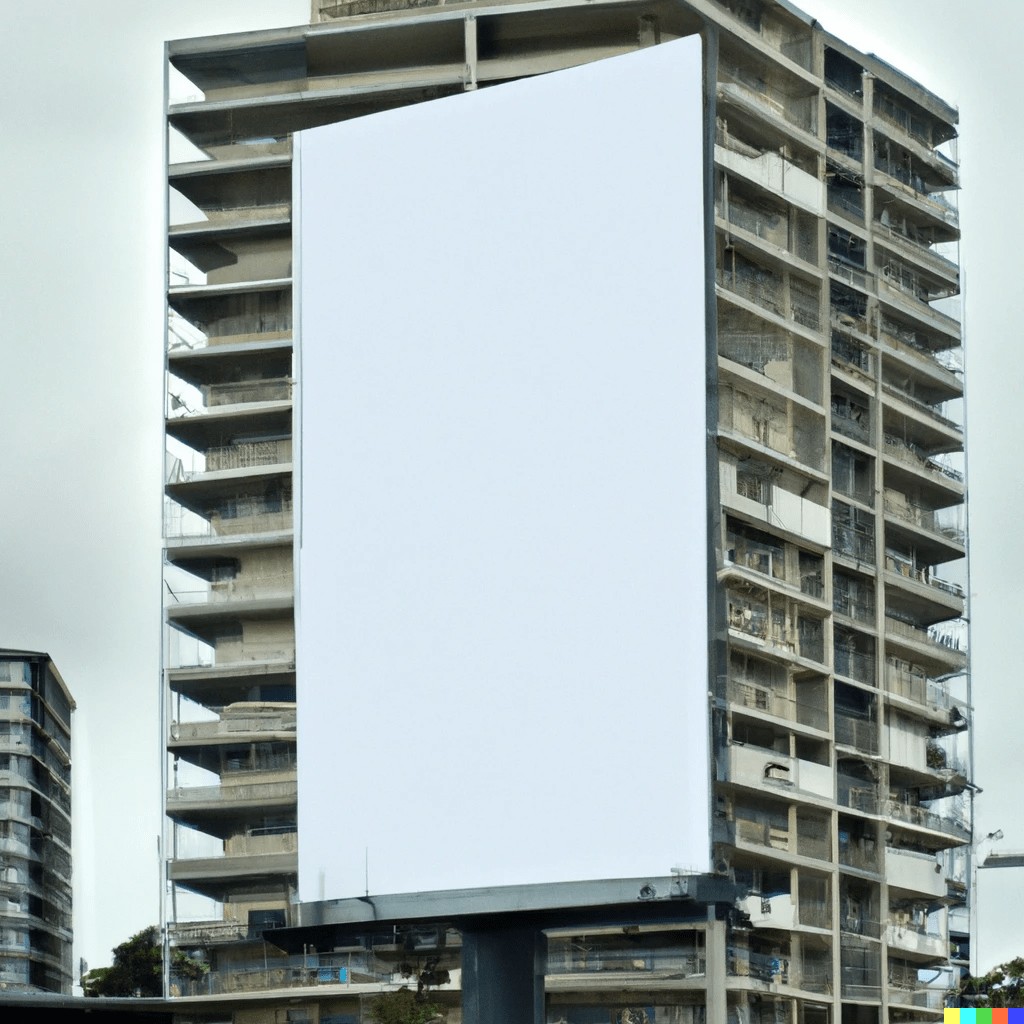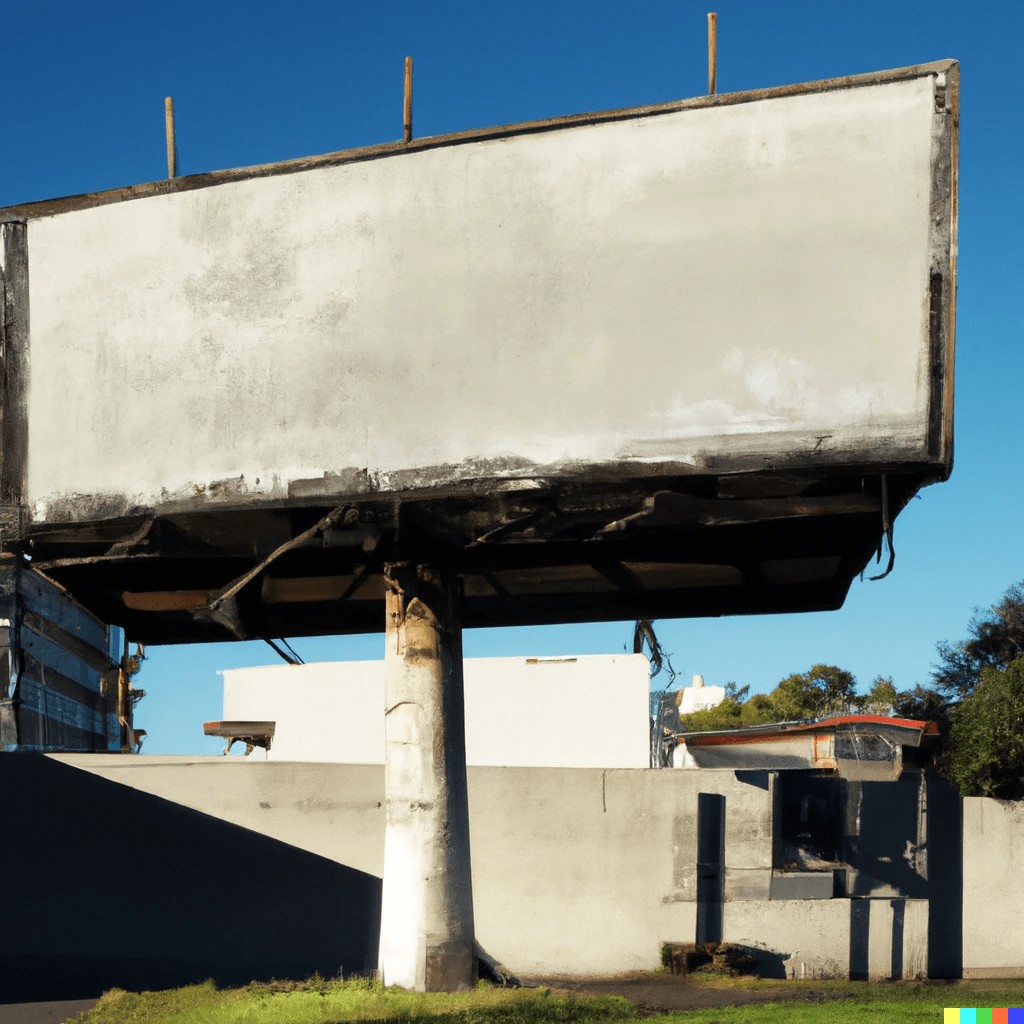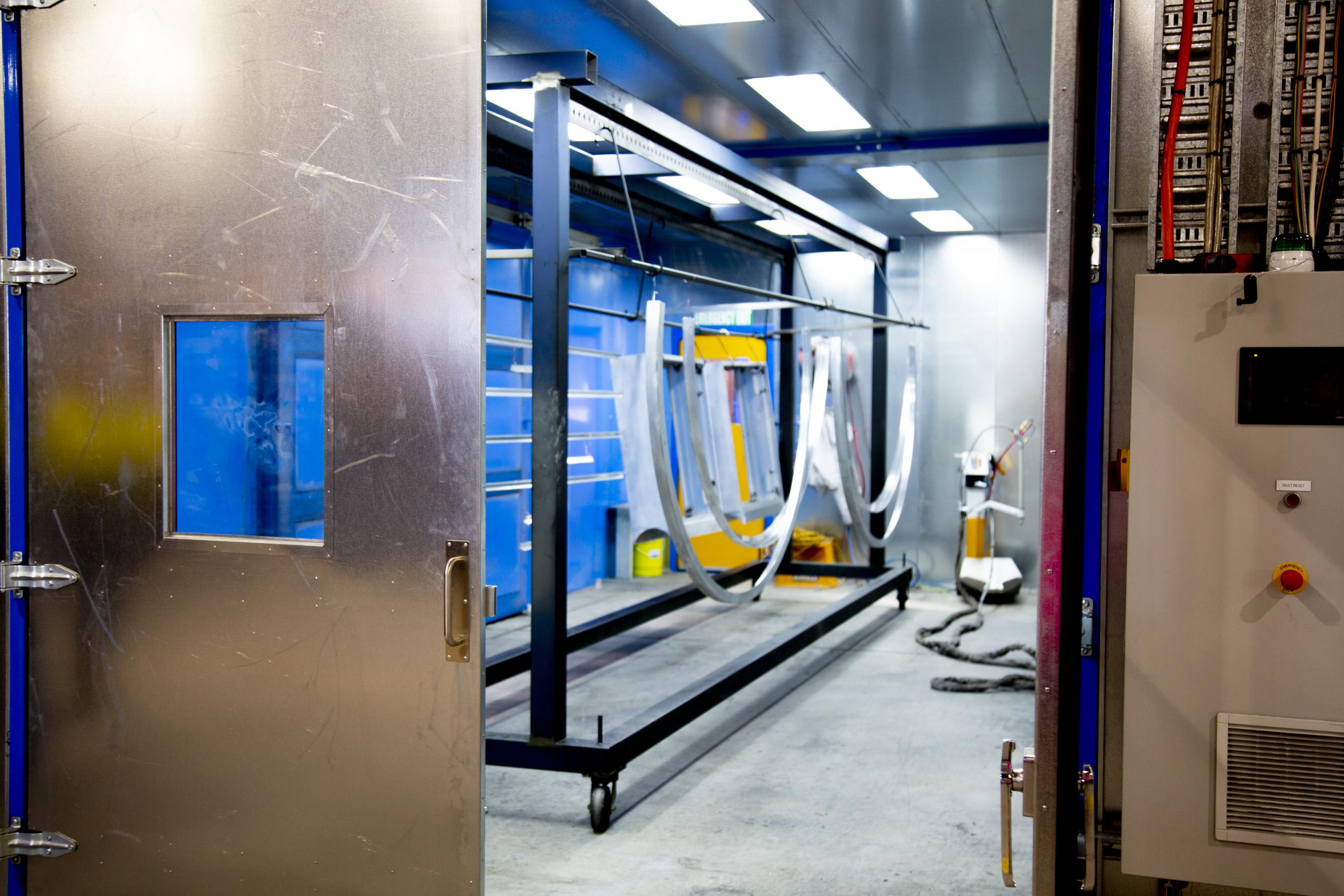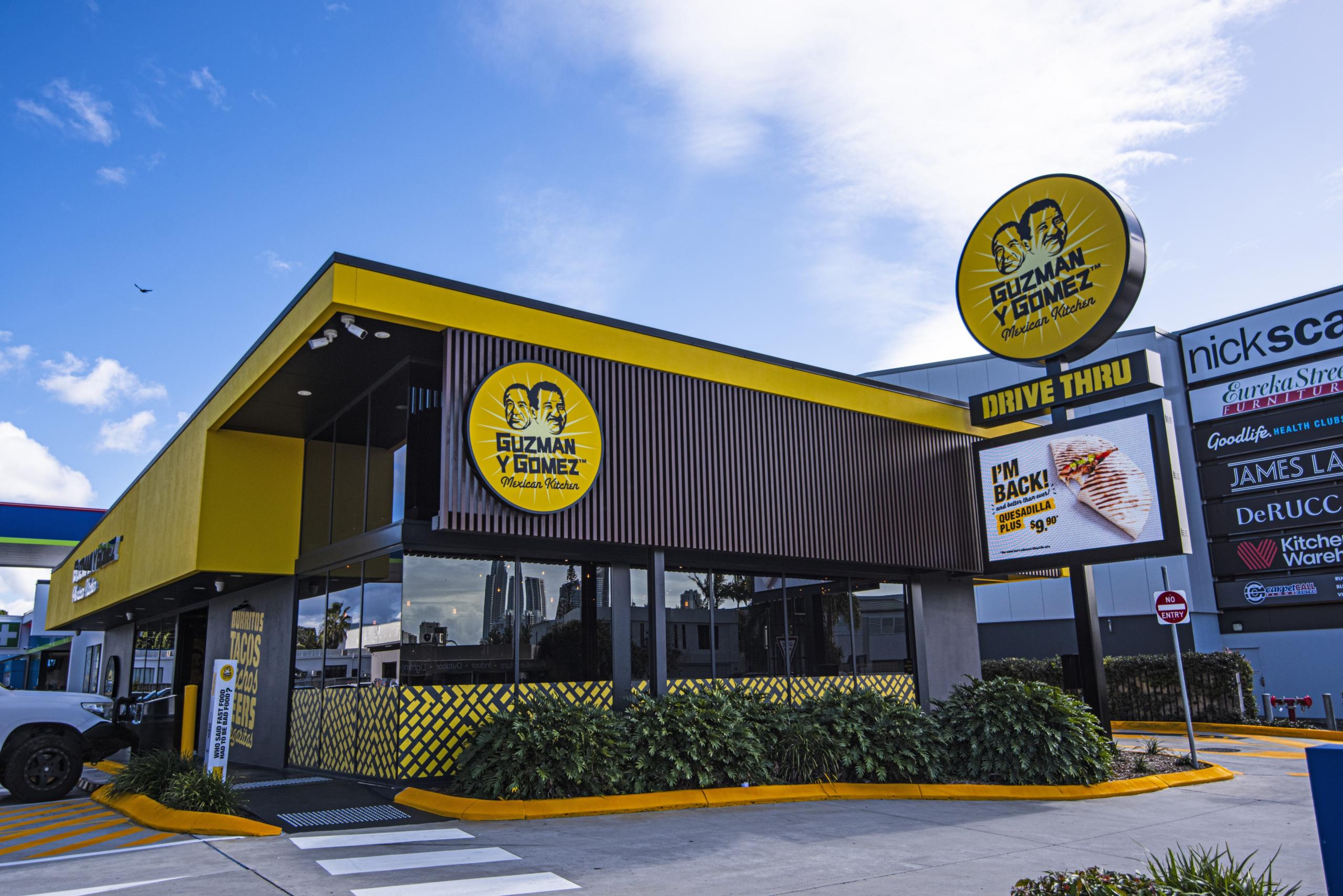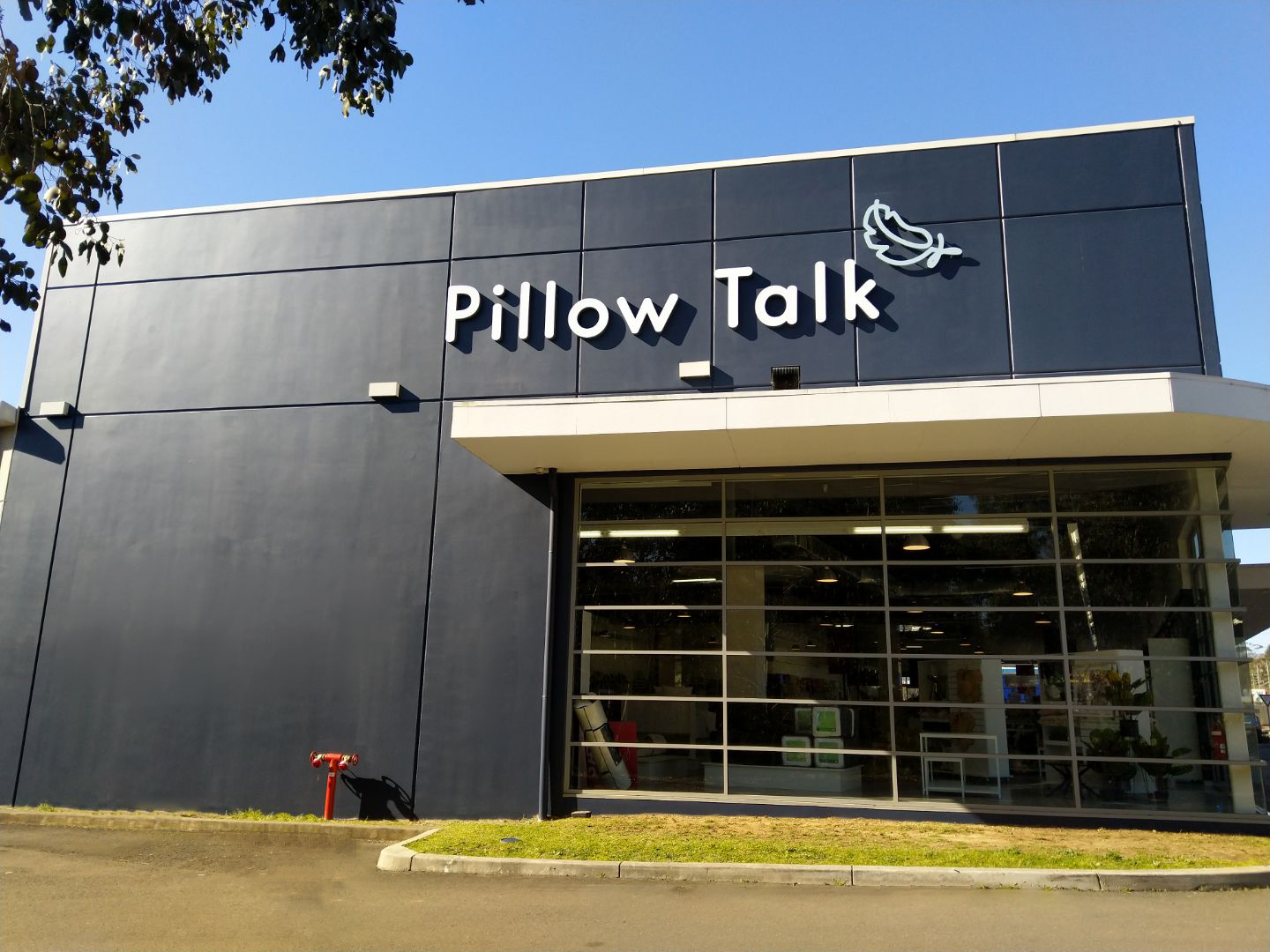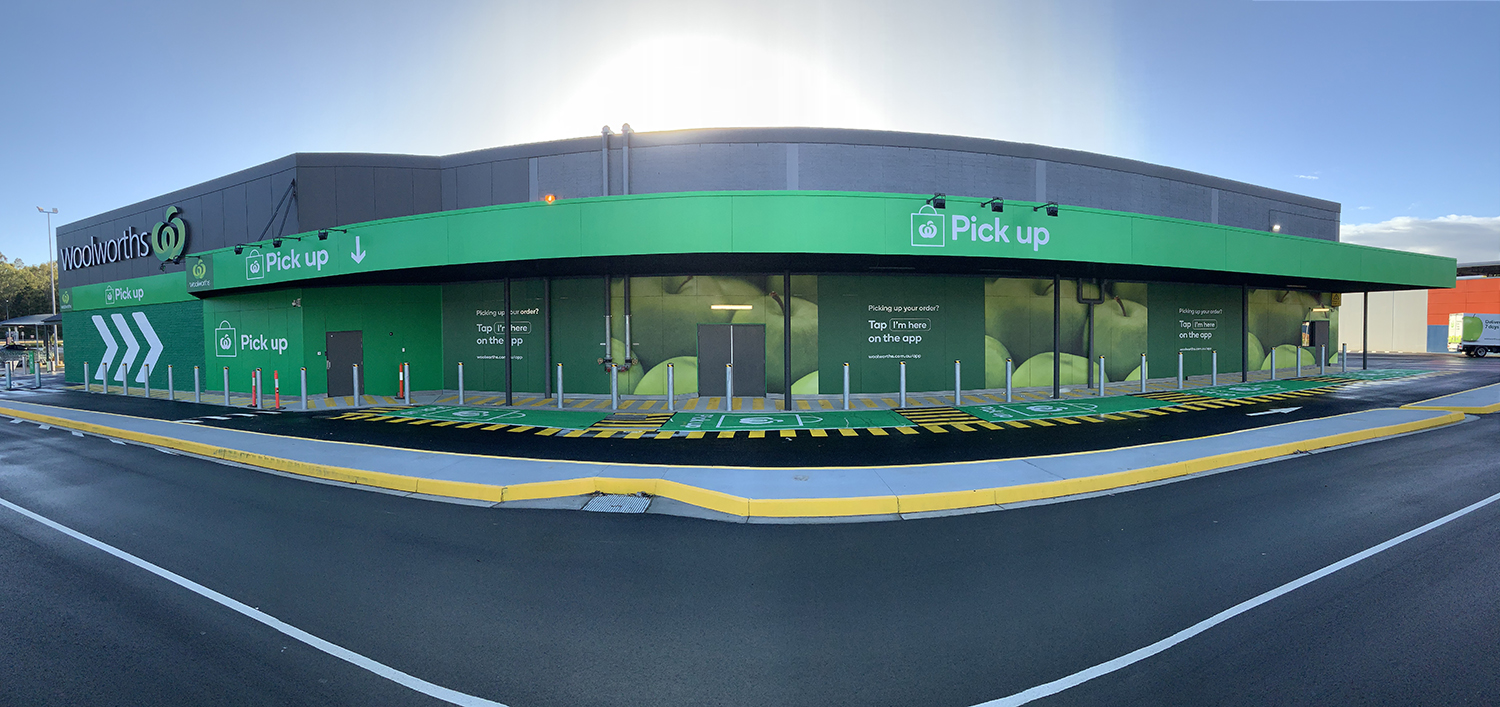The ASGA & FESPA Australian National Awards for Excellence is a premier biennial event that aims to recognise and reward excellence within the signage industry. Having come off a highly productive two-year period, it is unsurprising that the CV Media & Signage team received four separate accolades on the night of the presentation.
Digital Media (LED & LCD)
To commemorate the brains behind AOSCo’s Mt Gravatt based digital billboard, CV Media & Signage were awarded bronze for the Digital Media accolade. CV have continued to work with the company since this project, adding four more high-quality displays to AOSCo’s fleet since the company’s inception in 2018. With these strategically placed attention-grabbing billboards facing both inbound and outbound traffic, AOSCo can now promise fantastic exposure for its clients.
Printed Fabrics and Textiles
Due to our high-quality innovations in Rebel’s ‘Home of Football’ area, CV was awarded gold for the Printed Fabrics and Textiles award. Located in Doncaster, this concept store aims to provide consumers with an immersive highly tangible experience using jaw-dropping signage and a multitude of touch points. While the entire store is exceptionally impressive, it is the ‘Home of Football’ wall that appears to garner the most attention.
This vibrant feature wall is 5.5m x 7.7m and primarily consists of illuminated fabric boxes. With the vast majority of this fabric being suspended across the ceiling, consumers are able to feel a real sense of immersion when they walk into the designated area.
Traditional signcraft skills
CV’s print solution in Woolworths’ Burwood Brickworks store was celebrated as the nation’s best representation of traditional signcraft skill. With the Burwood outlet focusing on sustainability, it is unsurprising that the client requested a static solution that encompassed the natural looking rustic marketplace feel.
The highlight of this project encompassed the delivery of a 17m x 3.9m mural at the store’s check-outs. Crucially, in order to maximise quality, CV sent two of its most skilled workers to hand paint every element, with the pair working on the mural for a total of 10 days.
Young Star Award (Adam Watts Bronze)
To celebrate the substantial role that he played in the production of AOSCo’s 7x12m billboard, Adam Watts took home the Young Star Award. CV feel as though this accolade is nothing but deserved – Adam has demonstrated an outstanding work ethic from his first day at the company, and continuously goes above and beyond to help out his colleagues.
CV Media & Signage’s diverse range of accolades are a demonstration of the business’s ability to consistently deliver a wide range of signage at an impressive standard. If your business is interested in expanding its signage offerings, do not hesitate to get in touch with CV.


